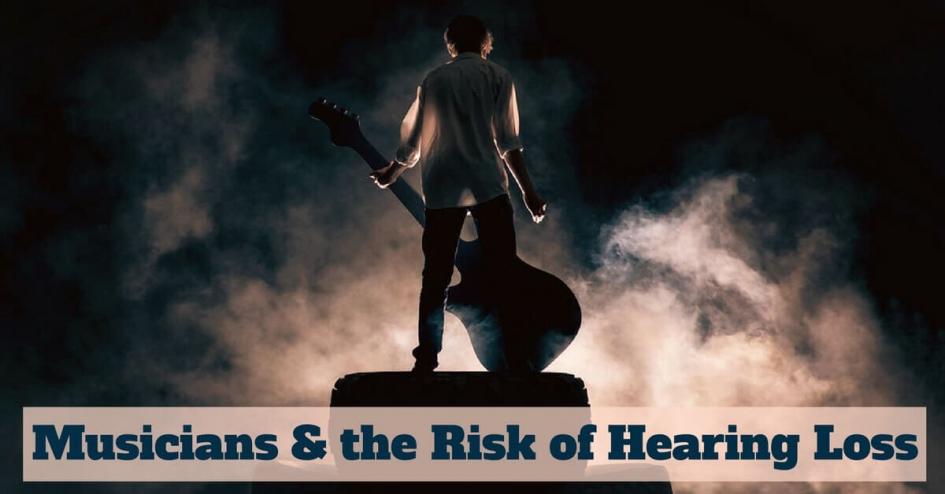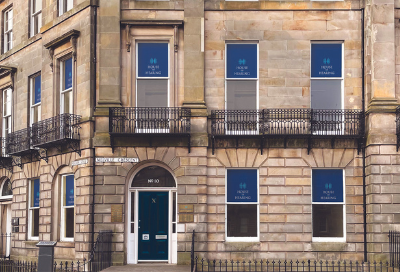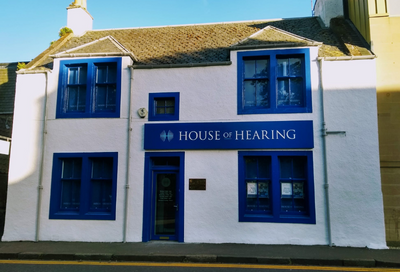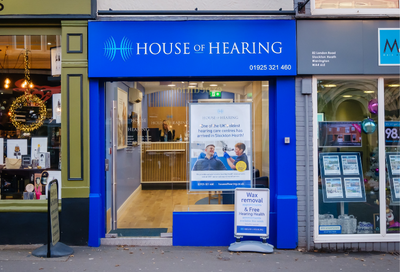
Musicians and the Risks of Hearing Loss
When you think of a 70-year-old with hearing loss, wild child of rock Iggy Pop probably isn’t the first person that comes to mind. In a recent interview with Entertainment Inquirer, he proudly exclaimed “I’m as deaf as a stone!” and made no secret of asking fellow musician Danger Mouse to repeat the interviewer’s questions for him. It’s always refreshing to see an elder musician speak so candidly about hearing loss. As a condition experienced by more than 11 million people in the UK - and one that particularly affects musicians - we need more voices speaking up. Noise-induced hearing loss (NIHL) is caused by a sudden, prolonged or repeated exposure to loud sound. It can cause partial or total hearing loss, or manifest as tinnitus (ringing in the ears) and hyperacusis (an acute sensitivity to certain volumes and frequencies of sound). In some cases, this will be temporary, but for others the damage is permanent. For musicians, singers and sound engineers who spend decades of their life surrounded by loud noise, the risks are high. In fact, a German study reveals that professional musicians are four times as likely to experience hearing loss than any other group of people. Legendary rockers AC/DC postponed their US tour last year after doctors warned singer Brian Johnson that he was at a risk of “total hearing loss”. Phil Collins, now a hearing aid user, stopped touring in 2011 as a result of his hearing loss. Jeff Beck, Sting, Eric Clapton, Gary Numan and Ozzy Osbourne are also among the long list of musicians who suffer from some form of NIHL. And the risks don’t stop at rock’n’rollers. While rock music can hit 150dB, the peak of an orchestral symphony can reach 120-137dB, far above the 85dB recommended by hearing specialists. A Finnish survey of classical musicians revealed startling results: 15% of the musicians suffered from permanent tinnitus, in comparison to 2% of the general population. Temporary tinnitus affected 41% of the musicians, compared to 15% of the population, and 43% of them suffered from hyperacusis. Unsurprisingly, stress levels were much higher in the musicians experiencing some form of hearing loss. Recording and practicing music can also be harmful. Pete Townshend, the legendary guitarist from The Who, suspects his own hearing loss was exacerbated by listening to music on headphones in the studio. As a result, he must now take 36-hour breaks between recording sessions, slowing down his creative process. Numerous DJs, clubbers and music fans have also experienced NIHL as a result of attending club nights, concerts and festivals. Personal music players can also be dangerous. On some devices, the volume levels max out at 100dB – the same loudness as a pneumatic drill.
What can I do to protect myself?
Whether you’re an electric guitarist, violin player, stagehand, or music fan, you should be aware of the risks of loud noise and invest in hearing protection. There are a great variety of custom-moulded ear plugs designed specifically for musicians and live venue workers, which come in different models depending on what kind of music or instrument you will be playing. Try to keep noise levels down during practice sessions, and take regular breaks. NIHL depends on how loud a sound is and how far away you are from it. If playing in an orchestra or group, be aware of the louder instruments around you. Stand well away from sources of loud noise, such as amplifiers and instruments like trombones and timpani drums. Trust your ears – if a sound is too loud, it is probably dangerous, and you should walk away from it. Live music venues are expected to manage their sound levels carefully. Nevertheless, it pays to be proactive. NIHL is cumulative, so even if you think the sound levels are within a safe limit, the effects can still be damaging. If you’re heading out for a night on the town, carry a pair of earplugs with you. The centre of a dancefloor can reach 100dB, and it’s wiser to head for the quieter corners of the room where sound levels may be around 90dB. Even so, it is not advisable to spend more than two hours in this situation. If you are listening to music on a personal player through headphones or earbuds, take care to keep the volume levels down. Many MP3 players have a ‘noise limiter’ setting in their menu, so you can restrict volume to a certain decibel level. If you’re worried about your hearing, it’s always a good idea to get a hearing test done. Our hearing specialists at House of Hearing are happy to talk through your needs and help you find a solution that’s right for you. Give us a call on 0131 220 1220, or pop into one of our centres to make an appointment.
House of Hearing UK
Edinburgh | Galashiels | Perth | St Andrews
0131 220 1220
[/vc_column_text][/vc_column][/vc_row]
Our Clinics
All House of Hearing clinics are in town centre locations and accessible to public transport and parking. Home visits also available if mobility is an issue.


.png)
.png)
.png)

.png)
